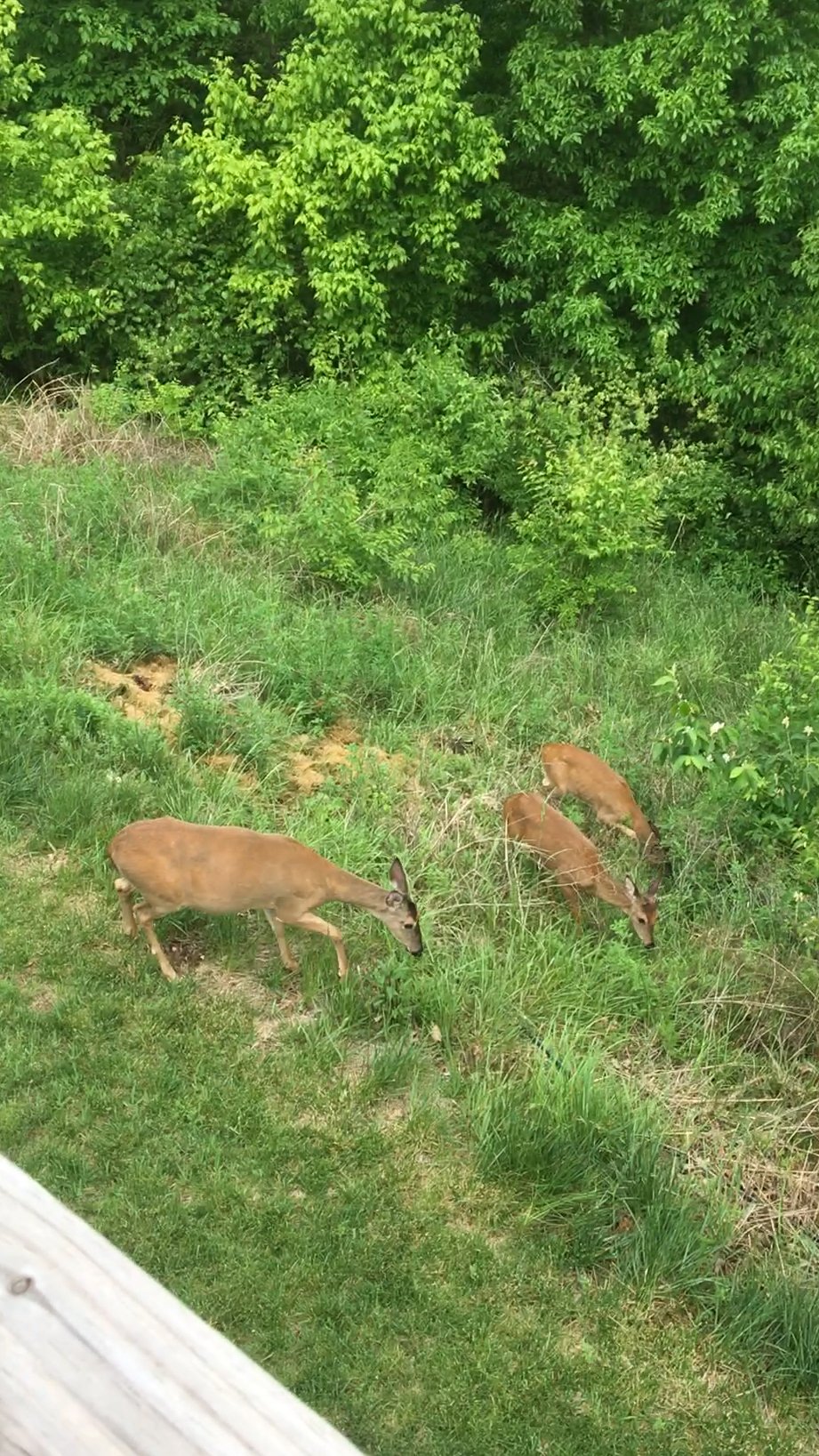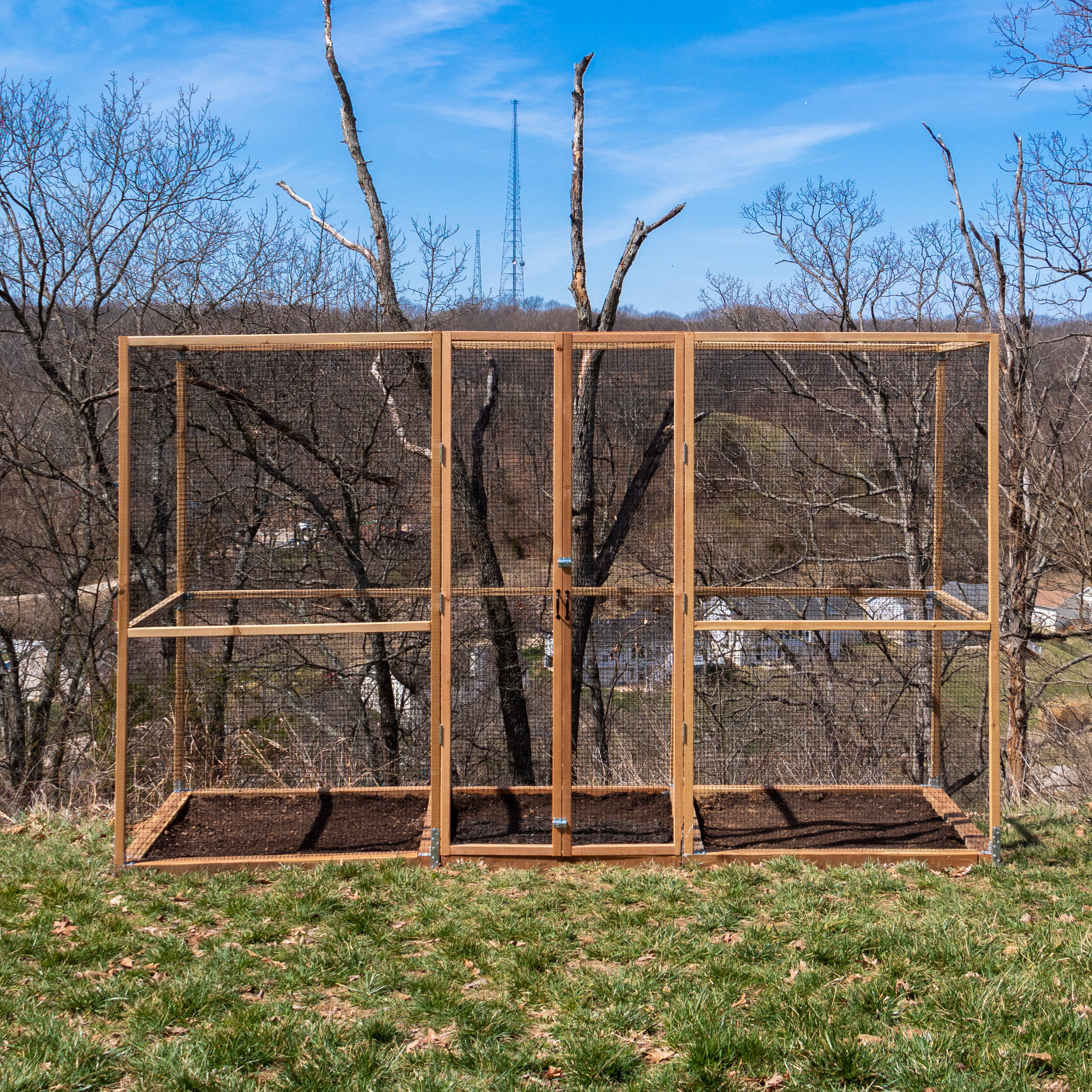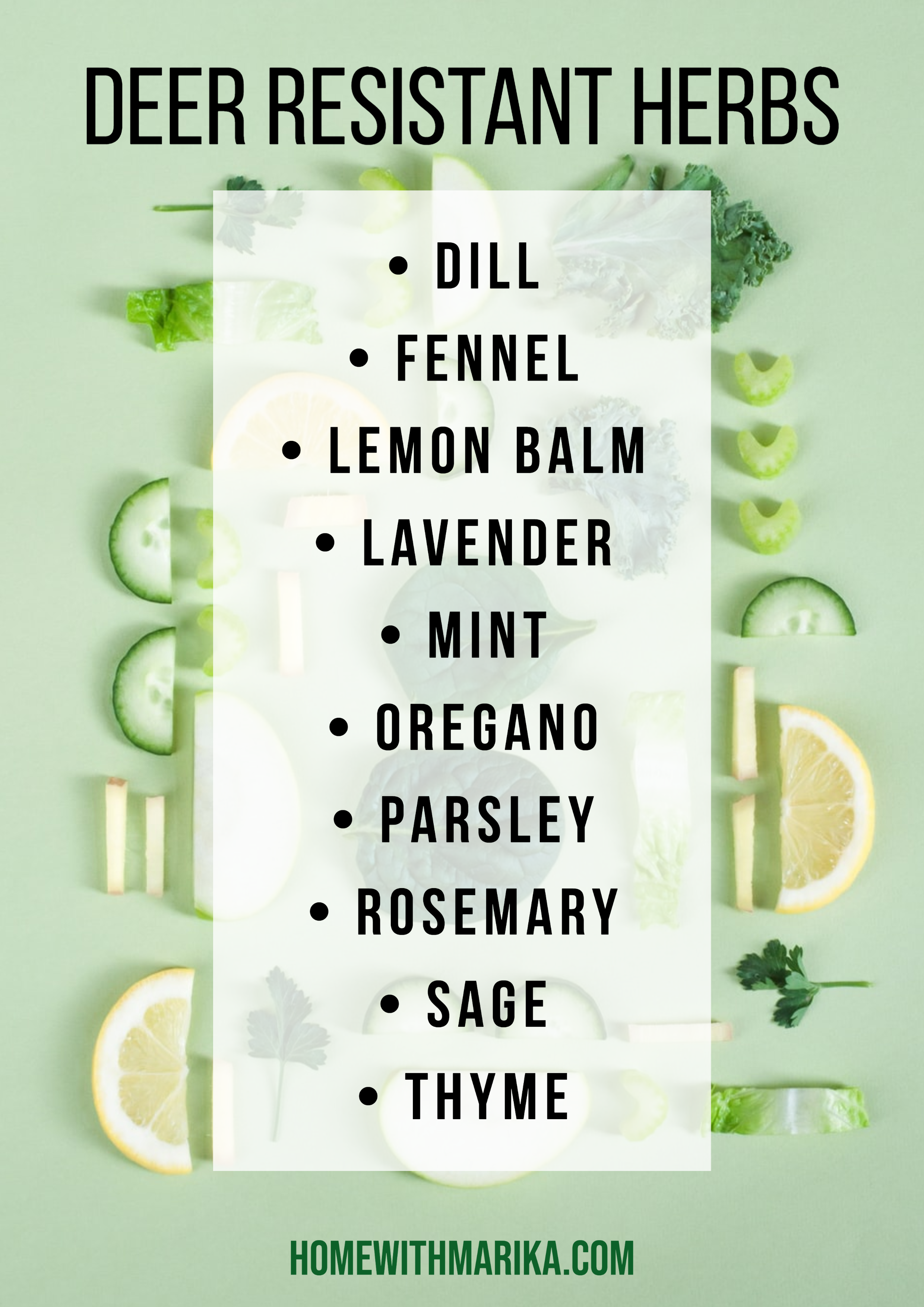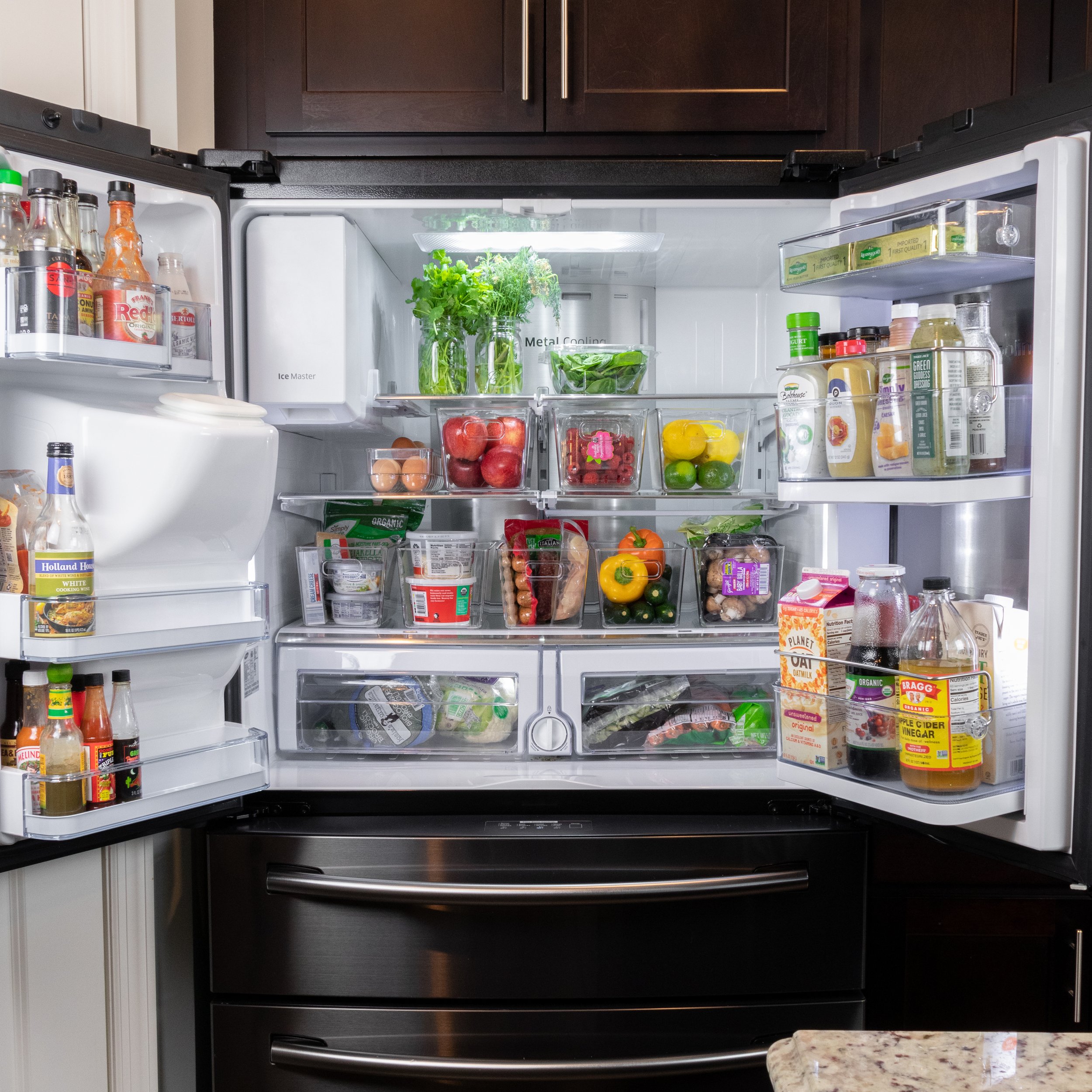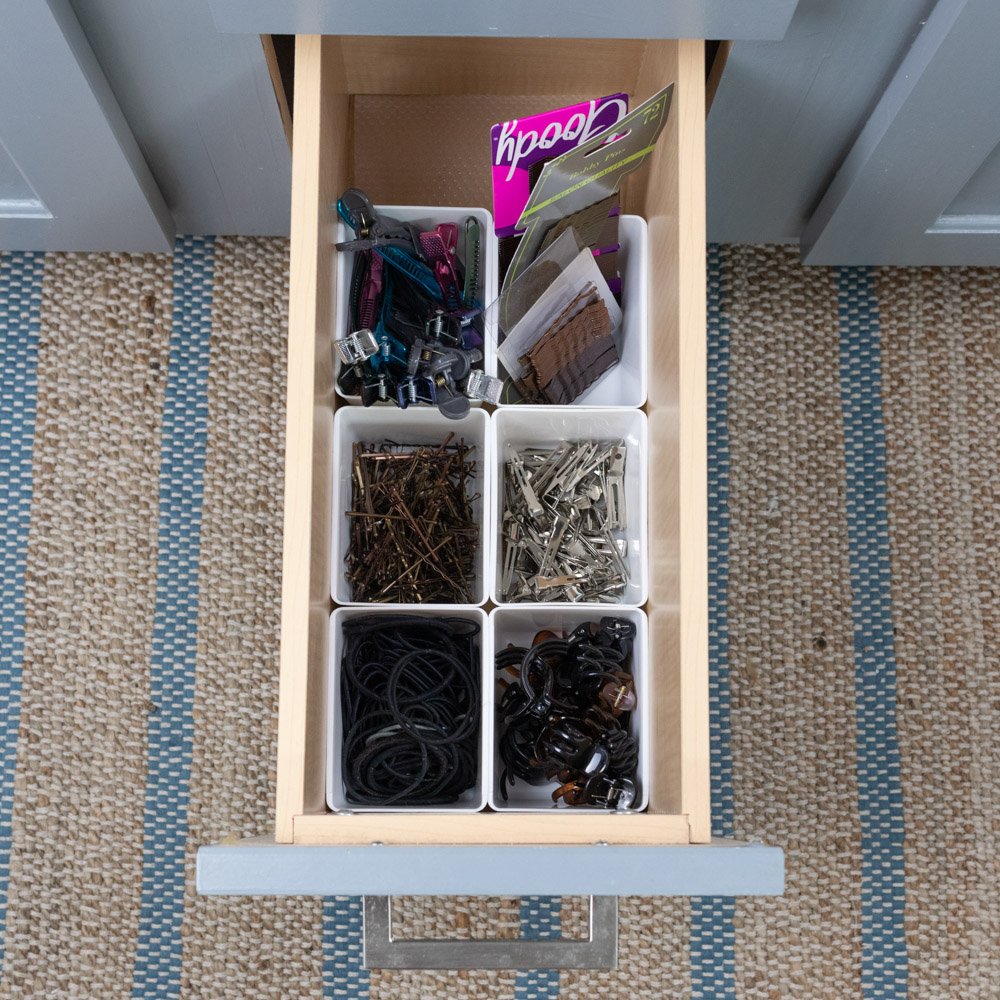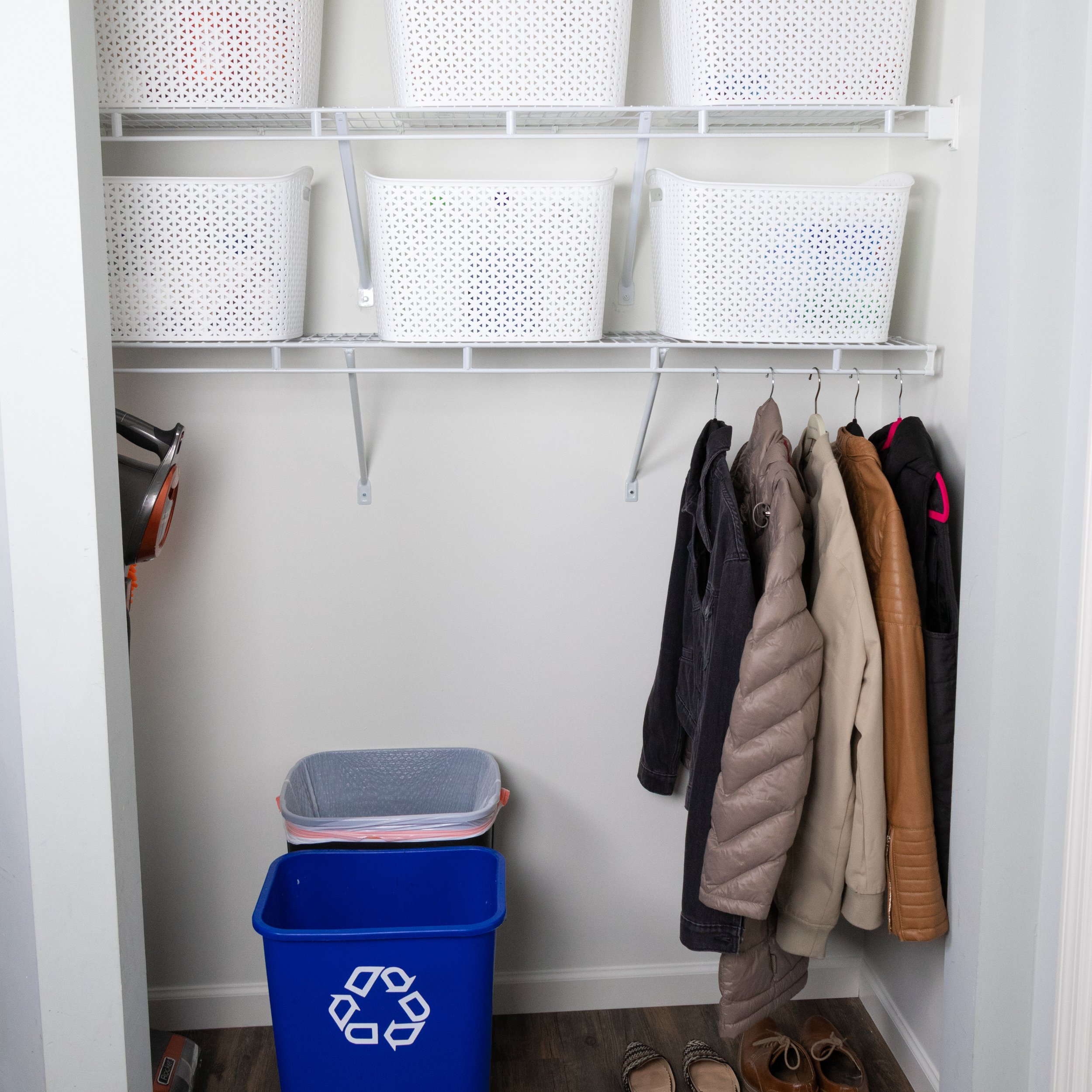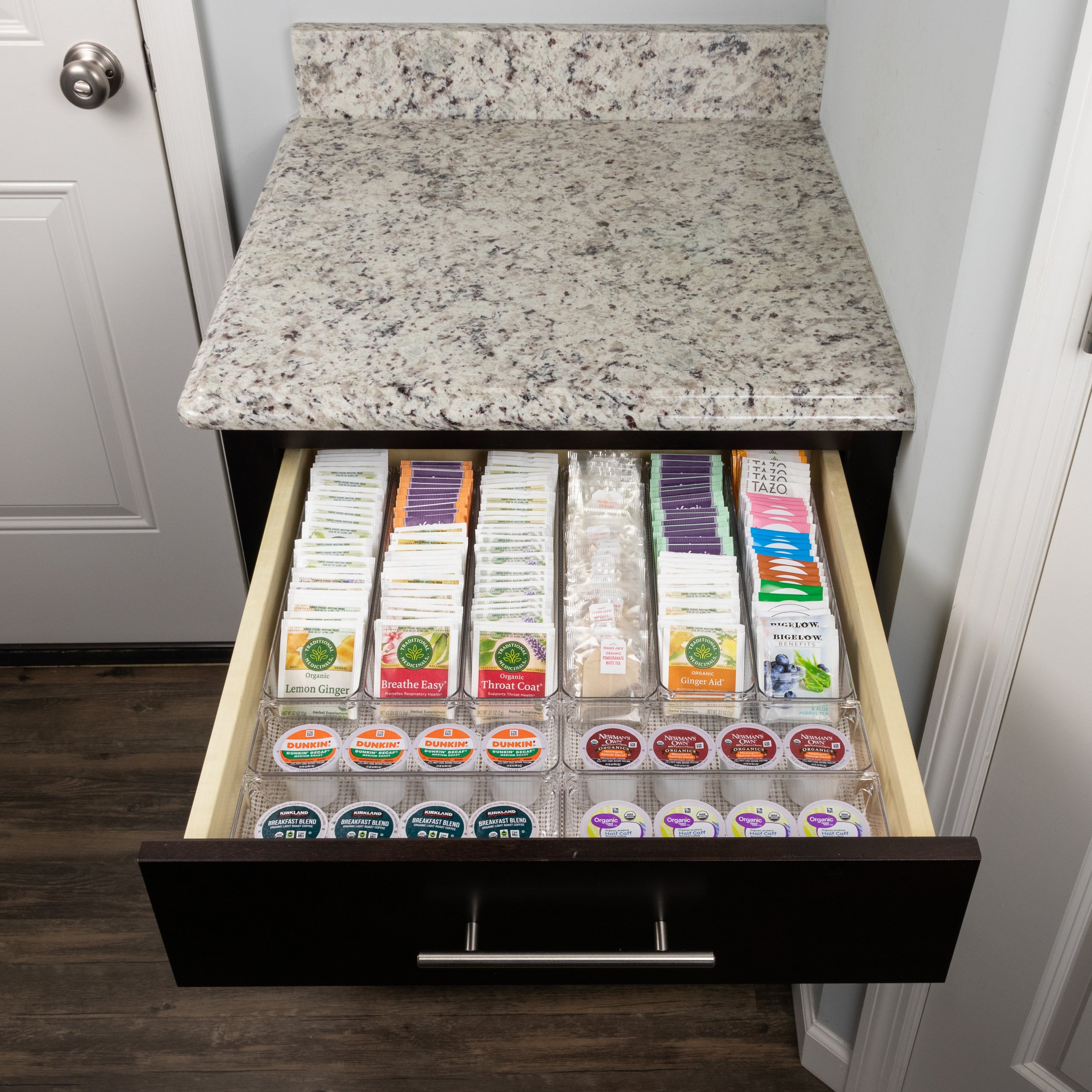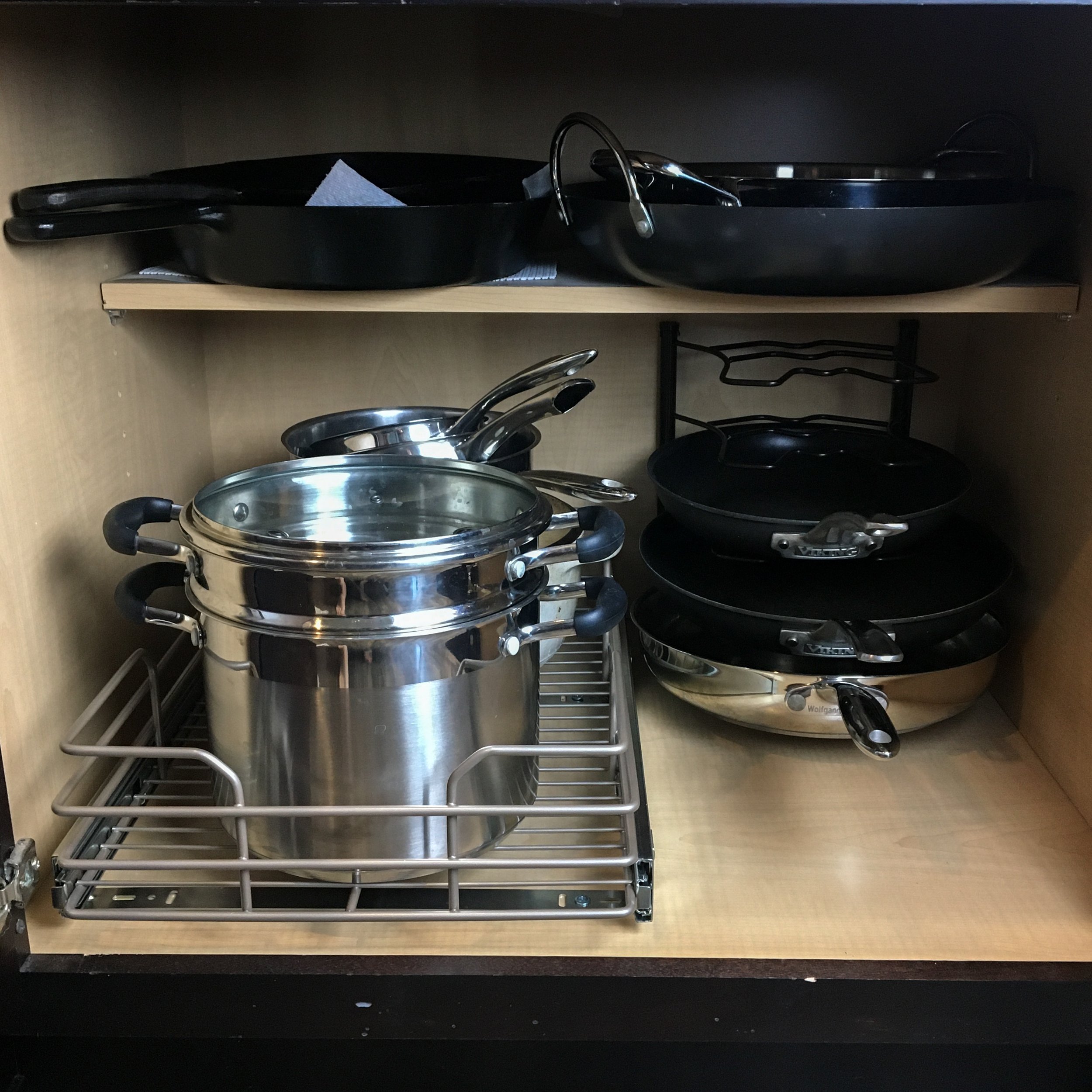Deer Resistant Garden Plan
FREE PRINTABLE + VIDEO TUTORIAL
Growing your own food for sustainability is becoming more popular in 2022. People want to grow their own food and not rely on grocery stores as much, especially with increasing prices.
My husband and I are the same way, we want to use part of our backyard for food production and as a fun, new hobby together.
the problems
PROBLEM #1 Deer
We live outside of a large city, in a small suburb. The city is less developed and there is a lot of private land around our neighborhood. Being surrounded by undeveloped land means that there is a lot of wildlife around us.
We regularly see deer, birds, squirrels, and honeybees in our backyard.
While it’s beautiful to watch, animals are also hungry beings and they are always on the lookout for new food sources. We don’t want to spend our time and energy feeding the wildlife in our backyard and not getting any organic, homegrown produce for my family.
PROBLEM #2 Fence Costs
We got multiple quotes to put up a six-foot privacy fence in our backyard and the quotes were outrageous!
The quotes were $12,000 - $15,000! We do not have a large backyard either!
With supply chain issues, the cost, and all of the companies being 16 weeks out, we decided against putting in a fence (for the time being).
If you have the time and resources, invest in a fence! But for all the rest of us who would rather keep that money in our savings account, I have two solutions for you below.
solutions
SOLUTION #1
If you don’t see yourself living in your current apartment or home long-term, I would stick to growing your vegetable garden in pots. Pots are reusable, easy to clean, easy to store, and quick when you have to move.
SOLUTION #2
If you think you’re going to stay in your current home for a while, invest in building a deer-proof raised garden bed!
The price will depend on the size of the enclosure that you build and the type of wood you decide to use.
We spent close to $1,000 to build this 11 ft x 4 ft deer-proof raised garden bed but that’s because we decided to use cedar and wood prices were high when we built the garden bed.
For a FULL VIDEO TUTORIAL, check out my blog post below.
SOLUTION #3
If you want to have a vegetable or herb garden but don’t want to spend the money on making a deer-proof fence around your veggies, you will need to plant vegetables and herbs that deer do not like to eat.
There are certain vegetables and herbs that deer will never eat because they don’t like the smell or texture.
It is wise to start growing these deer-resistant veggies and herbs if you don’t plan on having a fence to guard your precious produce.
There are some vegetables that deer will eat if they have nothing better to eat so I didn’t include those. I don’t want to spend my time and energy to potentially have a really hungry fawn come to destroy these foods. This includes foods like tomatoes and peppers.
so what vegetables are deer resistant?
garlic
onions
scallions
leeks
artichokes
asparagus
beets
eggplants
parsnips
rhubarb
free printable
so what herbs are deer resistant?
dill
fennel
lemon balm
lavender
mint
oregano
parsley
rosemary
sage
thyme
free printable
how to build a deer-proof garden video tutorial
We either plan ahead and save some time on mistakes or we jump right in and learn as we go.
If you want to plan your garden and minimize the amount of mistakes you make your first year gardening, check out my 14 Questions to Ask Before Building A Raised Bed.
Learn from my mistakes and save yourself a few headaches.
happy gardening!
-Marika


